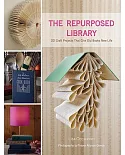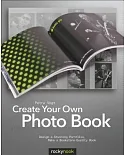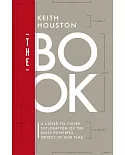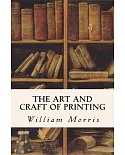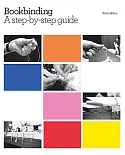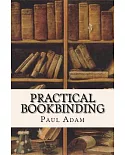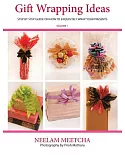Bookbinding, and the Care of Books A Handbook for Amateurs Bookbinders and Librarians By Douglas Cockerell with Drawings by Noel Rooke and Other Illustrations CONTENTSIntroduction
Entering—Books in Sheets—Folding—Collating—Pulling to Pieces—Refolding—Knocking out Joints Guarding—Throwing Out—Paring Paper—Soaking off India Proofs—Mounting very Thin Paper—Splitting
Paper—Inlaying—Flattening Vellum Sizing—Washing—Mending End Papers—Leather Joints—Pressing Trimming Edges before Sewing—Edge Gilding Marking up—Sewing—Materials for Sewing Fraying out
Slips—Glueing up—Rounding and Backing Cutting and Attaching Boards—Cleaning off Back—Pressing Cutting in Boards—Gilding and Colouring Edges Headbanding Preparing for Covering—Paring
Leather—Covering—Mitring Corners—Filling-in Boards Library Binding—Binding very Thin Books—Scrap-Books—Binding in Vellum—Books covered with Embroidery Decoration—Tools—Finishing—Tooling on
Vellum—Inlaying on Leather Lettering—Blind Tooling—Heraldic Ornament Designing for Gold-Tooled Decoration Pasting down End Papers—Opening Books Clasps and Ties—Metal on Bindings Leather
Paper—Pastes—Glue Care of Books when BoundInjurious Influences to which Books are Subjected To Preserve Old Bindings—Re-backing Specifications Glossary Reproductions of Bindings (Eight
Collotypes) It is hoped that this book will help bookbinders and librarians to select sound methods of binding books.It is intended to supplement and not to supplant workshop training for
bookbinders. No one can become a skilled workman by reading text-books, but to a man who has acquired skill and practical experience, a text-book, giving perhaps different methods from those to
which he has been accustomed, may be helpful.My thanks are due to many friends, including the workmen in my workshop, for useful suggestions and other help, and to the Society of Arts for
permission to quote from the report of their Special Committee on leather for bookbinding.I should also like to express my indebtedness to my master, Mr. T. J. Cobden-Sanderson, for it was in
his workshop that I learned my craft, and anything that may be of value in this book is due to his influence.





